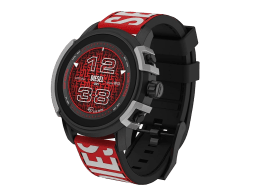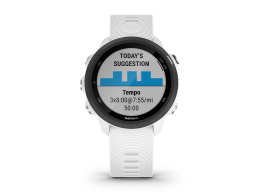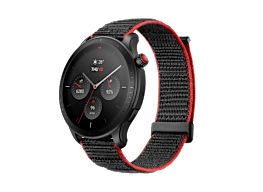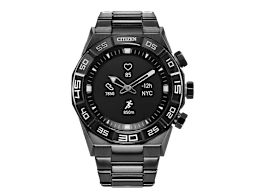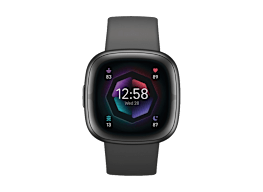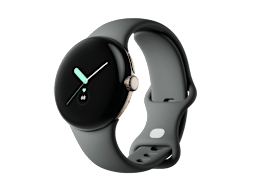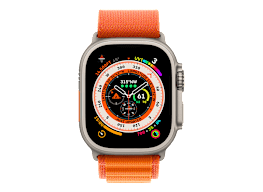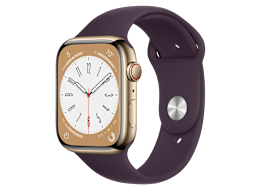Is a Smartwatch As Good As a Medical Alert System?
Devices like the Apple Watch include fall detection and emergency calls, but there are trade-offs
Some smartwatches from Apple, Google, Samsung, and other brands can detect if you’ve had a fall and call for assistance. For a number of people, this could be an alternative to the medical alert systems that use pendants or bracelets.
Details vary from one watch brand to the next, but let’s look at the Apple Watch as an example. If you take a hard tumble, the device will sound an alert. Then onscreen instructions will ask if you need help and if you want to send a message to one of your emergency contacts. If you don’t respond, the Apple Watch contacts 911. The smartwatch needs to be within Bluetooth range (roughly 30 feet) of your phone, which the watch uses to make the call, unless the watch has its own cellular connection. (Built-in cellular can add about $50 to a smartwatch’s price, plus $10 a month to your cell phone plan.)
With a pendant or bracelet from a medical alert system, you typically need to press a button to call for help, but some can detect a fall on their own. A staff member will answer and assist you—whether you’ve fallen or are incapacitated for another reason.
Find out whether a smartwatch is right for you and check out these smartwatch apps you’ll want to try.
Editor’s Note: This article also appeared in the August 2023 issue of Consumer Reports magazine.

















